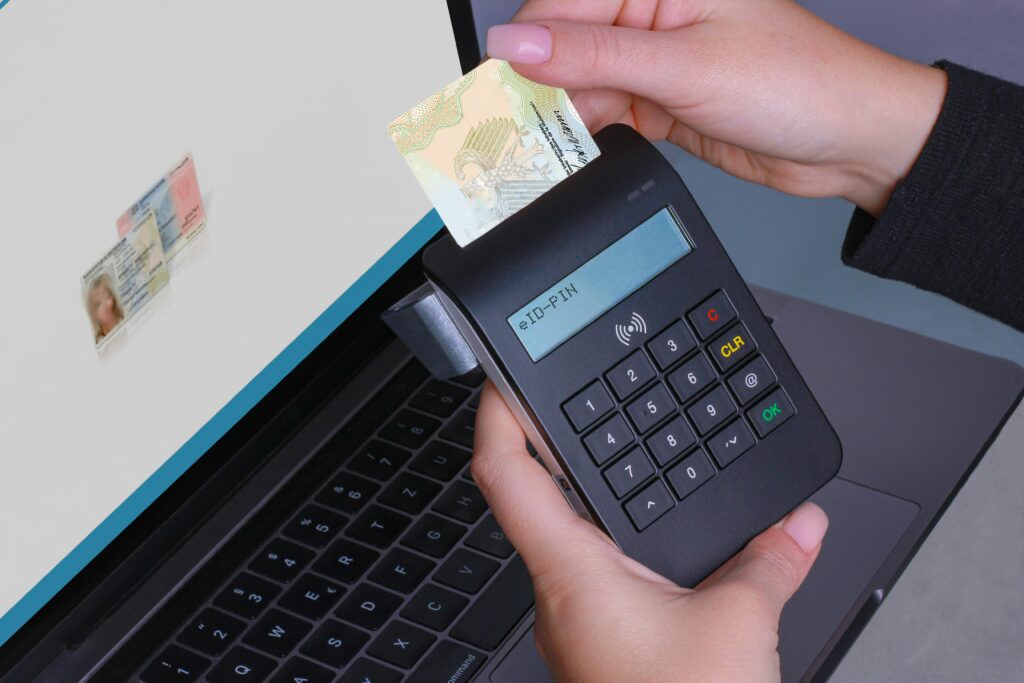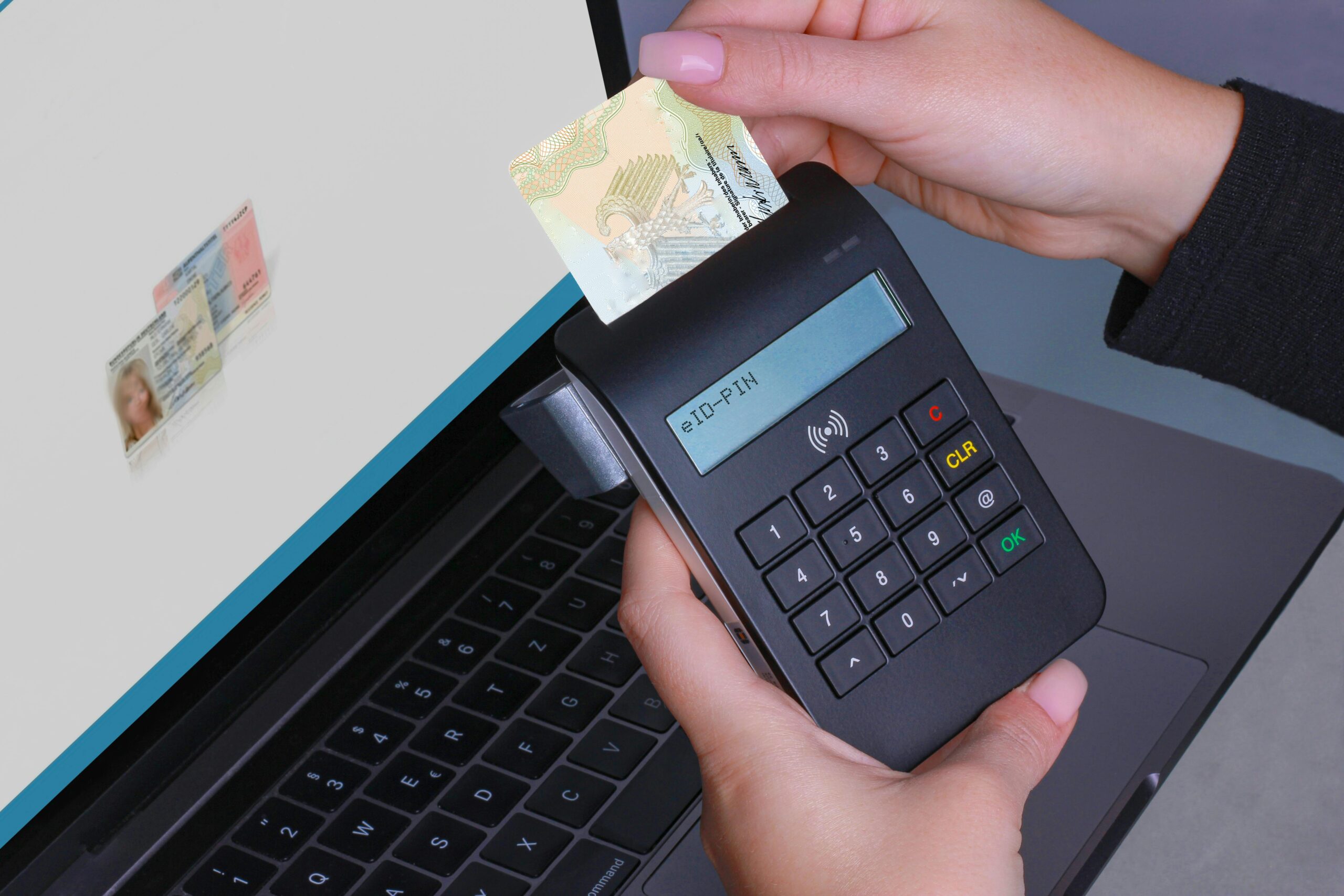When I first started delving into blockchain technology, like many, I was interested in its potential in finance as I had heard a lot about cryptocurrencies, decentralised finance, and so on. I even ran a small Ethereum mining rig a few years ago! But the more I explored, the more I realised that blockchain’s potential goes far beyond just financial transactions. One area that’s particularly fascinating is digital identity management. Now, you might wonder, “What’s wrong with the way we manage digital identities today?” Quite a lot, as it turns out. Let’s explore how blockchain is stepping up to revolutionise the way we manage our digital identities.

The Problem with Current Digital Identity Management
If you think about how we currently manage digital identities, it’s pretty fragmented. We have dozens of online accounts—email, social media, banking, shopping—the list goes on. Each of these accounts requires a username and password, and most of us are guilty of reusing the same password across multiple platforms. That’s not just lazy; it’s risky.
The traditional model of digital identity management is centralised. When you create an account on a platform, you’re essentially handing over control of your identity to that platform. They store your data on their servers, and while they might have security measures in place, it’s not foolproof. Data breaches are all too common, and when they happen, your personal information can end up in the wrong hands.
One thing I’ve realised over the years is that trust is a major issue here. We trust these platforms to protect our data, but how often do we hear about breaches, leaks, and even misuse of data by the platforms themselves? It’s frustrating, and frankly, it’s not sustainable in the long run.
How Blockchain Can Help
Now, enter blockchain. At its core, blockchain is a decentralised digital ledger that can securely store data across a network of computers. This decentralisation is key to understanding how blockchain can transform digital identity management. Instead of relying on a central authority (like a social media platform or a bank) to manage and secure your identity, blockchain allows you to have control over your identity.
If you are new to blockchain you can check out my previous post Blockchain Basics: A Beginner’s Guide
Self-Sovereign Identity
One of the most promising applications of blockchain in digital identity is the concept of self-sovereign identity (SSI). With SSI, you own and control your digital identity rather than having it managed by a third party. Your identity is stored on the blockchain, and you can choose who has access to it and what information they can see.
For example, let’s say you need to prove your age to access a certain service. With the traditional model, you might hand over a copy of your ID, which contains a lot of other personal information that isn’t necessary for the transaction. With SSI on the blockchain, you could share just the fact that you’re over 18 without revealing any other details.
What I find particularly empowering about SSI is that it puts the control back in the hands of the individual. You decide who gets to see your information, and because it’s on the blockchain, you can be confident that it hasn’t been tampered with.
Reducing Fraud and Identity Theft
Another major advantage of blockchain in digital identity management is its potential to reduce fraud and identity theft. Remember when we talked about how traditional identity systems are centralised? That centralisation makes them prime targets for hackers. If a hacker breaches a central database, they can access thousands or even millions of identities.
Blockchain’s decentralised nature makes this kind of breach much more difficult. There’s no single point of failure, and because each transaction on the blockchain is encrypted and linked to the previous transaction, altering the data is nearly impossible. This makes blockchain a powerful tool for securing digital identities against fraud and theft.
I’ve come across several cases where blockchain has already been used to prevent identity theft. For instance, in Estonia, the government has implemented a blockchain-based digital identity system that allows citizens to access services securely and efficiently. The system has been incredibly successful, and it’s a model that other countries are starting to explore.
Real-World Applications
So, how is blockchain being used in digital identity management today? There are several exciting developments in this space, and I’ll share a few that have caught my attention.
Banking and Financial Services
In the financial sector, digital identity is crucial. Banks need to verify the identity of their customers to comply with regulations like KYC (Know Your Customer) and AML (Anti-Money Laundering). Traditionally, this process involves a lot of paperwork and can be time-consuming.
Blockchain is streamlining this process by enabling digital identities that are secure and easily verifiable. For example, some banks are exploring blockchain-based KYC solutions where a customer’s identity is verified once and then stored on the blockchain. Other banks can then access this verified identity without having to go through the process again. This not only speeds up transactions but also reduces the risk of fraud.
Healthcare
In healthcare, blockchain is being used to manage patient identities and medical records. Imagine having all your medical history securely stored on the blockchain, where you control who has access to it. This could make it much easier to share information with healthcare providers and ensure that your data is accurate and up-to-date.
There’s also the potential to use blockchain for tracking pharmaceuticals, ensuring that patients receive authentic medication and reducing the risk of counterfeit drugs entering the supply chain. This is something I will be writing more about in a future article.
Government Services
As I mentioned earlier, Estonia is a leading example of how blockchain can be used in government services. The country’s digital identity system allows citizens to access a wide range of services online, from voting to accessing health records, all secured by blockchain technology.
Other governments are starting to take notice. In the UK, for example, there have been discussions about using blockchain for digital passports, making it easier and more secure to travel.
Challenges and Considerations
Of course, no technology is without its challenges, and blockchain is no exception. One of the biggest hurdles to widespread adoption is interoperability. With so many different blockchain platforms out there, getting them to work together seamlessly is a significant challenge.
Another challenge is privacy. While blockchain offers increased security, the transparency of the technology can be a double-edged sword. Ensuring that sensitive information remains private while still being verifiable is a tricky balance to strike.
There’s also the issue of scalability. Blockchain networks can become slow and congested as they grow, which can limit their effectiveness in managing large-scale digital identity systems.
Finally, regulatory hurdles can’t be ignored. Governments and institutions are still figuring out how to regulate blockchain, especially when it comes to managing sensitive data like personal identities. Ensuring compliance with data protection laws while harnessing the power of blockchain is a challenge that will require collaboration between technologists, policymakers, and regulators.
Looking Ahead: The Future of Blockchain in Digital Identity
So, what’s next for blockchain in digital identity management? The future looks promising, with many exciting developments on the horizon.
One area to watch is the integration of blockchain with other emerging technologies like AI and IoT. Imagine a world where your digital identity is managed seamlessly across all your devices, from your smartphone to your smart home. AI could help manage and secure your identity, while IoT devices could interact with the blockchain to verify your identity in real-time.
Another trend to watch is the move towards decentralised identity (DID) systems. These systems, which are being developed by companies like Microsoft and IBM, aim to give individuals more control over their identities by allowing them to create and manage their own digital identities independently of any central authority.
In conclusion, blockchain has the potential to revolutionise digital identity management by providing a more secure, transparent, and user-controlled system. While there are challenges to overcome, the benefits of blockchain in this space are undeniable. As a CIO, I’m excited to see how this technology will continue to evolve and transform the way we manage our digital identities.
If you’re interested in learning more about blockchain and its applications, be sure to check out our future posts where we will dive into other aspects of this fascinating technology. As always, stay curious and keep exploring!




